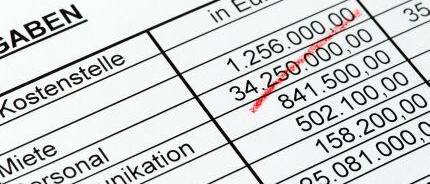Transparency regarding processes and interacting factors is necessary for managing a company, especially in the field of logistics. Many of these factors can be measured using key figures. Key figures can be defined as figures that can be used to represent a small section of operational facts, structures, and processes and that provide a concentrated overview of the state of a company.
One advantage of using key figures is that they reduce complexity and guarantee a quick overview. Creating an overview serves
- analysis,
- ongoing planning,
- management
- and control.
Another advantage is the ability to measure the throughput time for individual processes and for the overall process, for example in the form of warehouse key figures. Inventories and used space can be mapped using static capacity utilization and the utilization of technical resources.
Characteristics of key figures are their informative nature, quantifiability, and specific form.
Functions of key figures
The functions are very comprehensive. Possible functions include, for example
- Motivational function,
- Prioritization function,
- Communication function,
- Control function,
- Monitoring function
- and Operationalization function.
The stimulation function indicates malfunctions and irregularities. This is based on continuous recording of operating data, which can be used to identify deviations and potential problems. A prioritization and specification function is created by defining fixed target values. Control processes (communication/control function) can be simplified through the use of key figures. Based on personnel management data, employees can be assigned to different tasks and locations. The monitoring function becomes clear when the target and actual states are continuously compared. The last important function worth mentioning is the operationalization function of targets.
Further information can be found at Key Performance Indicators.
Image source: © Gina Sanders – Fotolia.com
